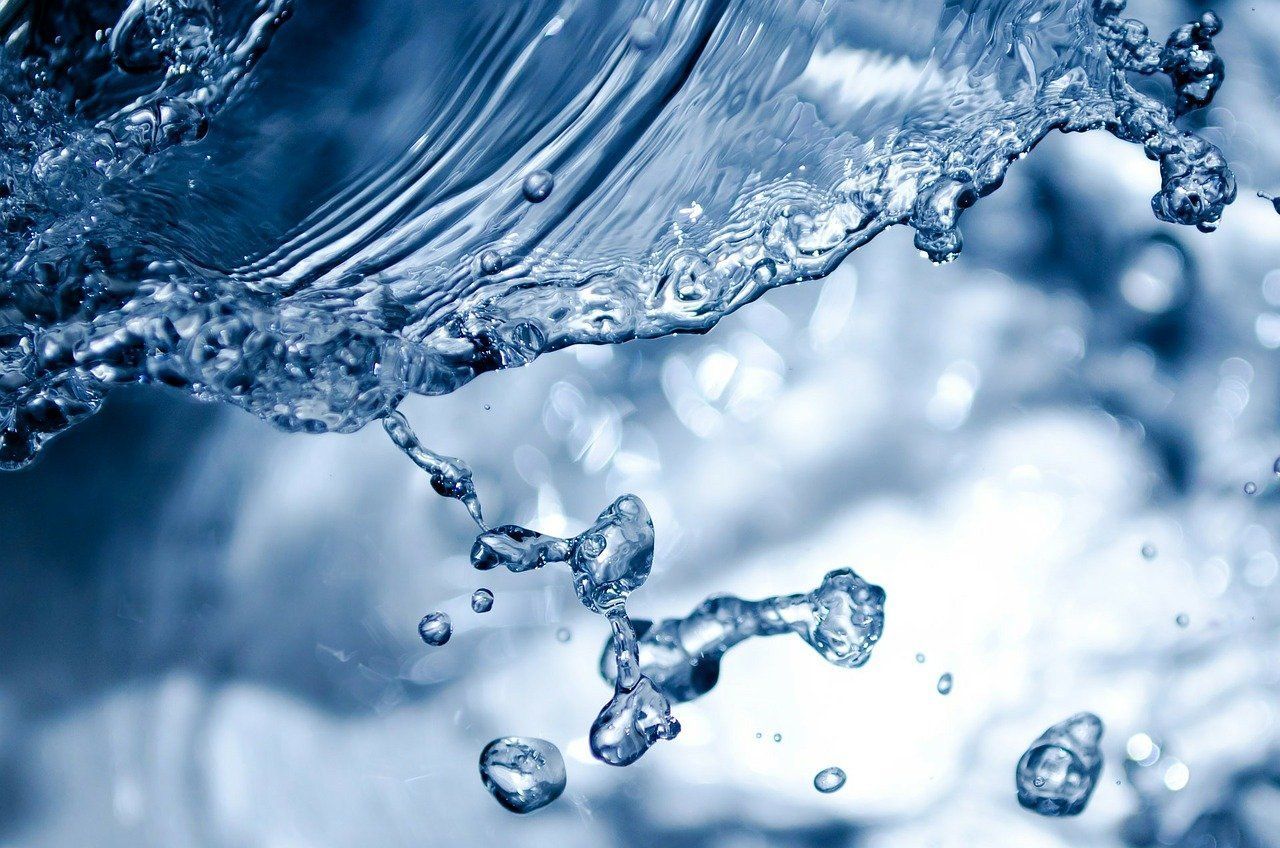
💧 New method reduces PFAS in water
By heating water under high pressure, it is possible to break down PFAS substances that would not otherwise degrade in nature.
Share this story!
Polyfluoroalkyl substances, PFAS, are substances used to repel grease, dirt and water. They are found in everything from frying pans to clothes and beauty products. A peculiarity of these substances is that they are very difficult to degrade and some do not seem to degrade at all in nature.
This causes PFAS to accumulate in soil, groundwater as well as in the human body. There is however no solid answer as to how dangerous they are, as most of these 4,700 substances are untested. But there are fears that they may be carcinogenic and cause liver damage.
So it would be good to find a method to degrade PFAS and that is exactly what researchers at the US Environmental Protection Agency, EPA, have succeeded in, reports Scientific American. The key to success lies in high heat and pressure.
The researchers heated water containing PFAS to 374 degrees at 220 bars of pressure. The result was that 99 percent of the PFAS substances were broken down. The method itself is not new, but has not been used to break down PFAS before. An advantage of this is that there is already equipment that can be used to break down PFAS in water.
Now the method only works on PFAS in water and it needs to be developed to be able to be used in waterworks in an efficient way. So researchers point out that it is still best to avoid using PFAS substances to begin with. But the new method at least gives us the opportunity to get rid of some of all the PFAS that exist in nature.

By becoming a premium supporter, you help in the creation and sharing of fact-based optimistic news all over the world.



